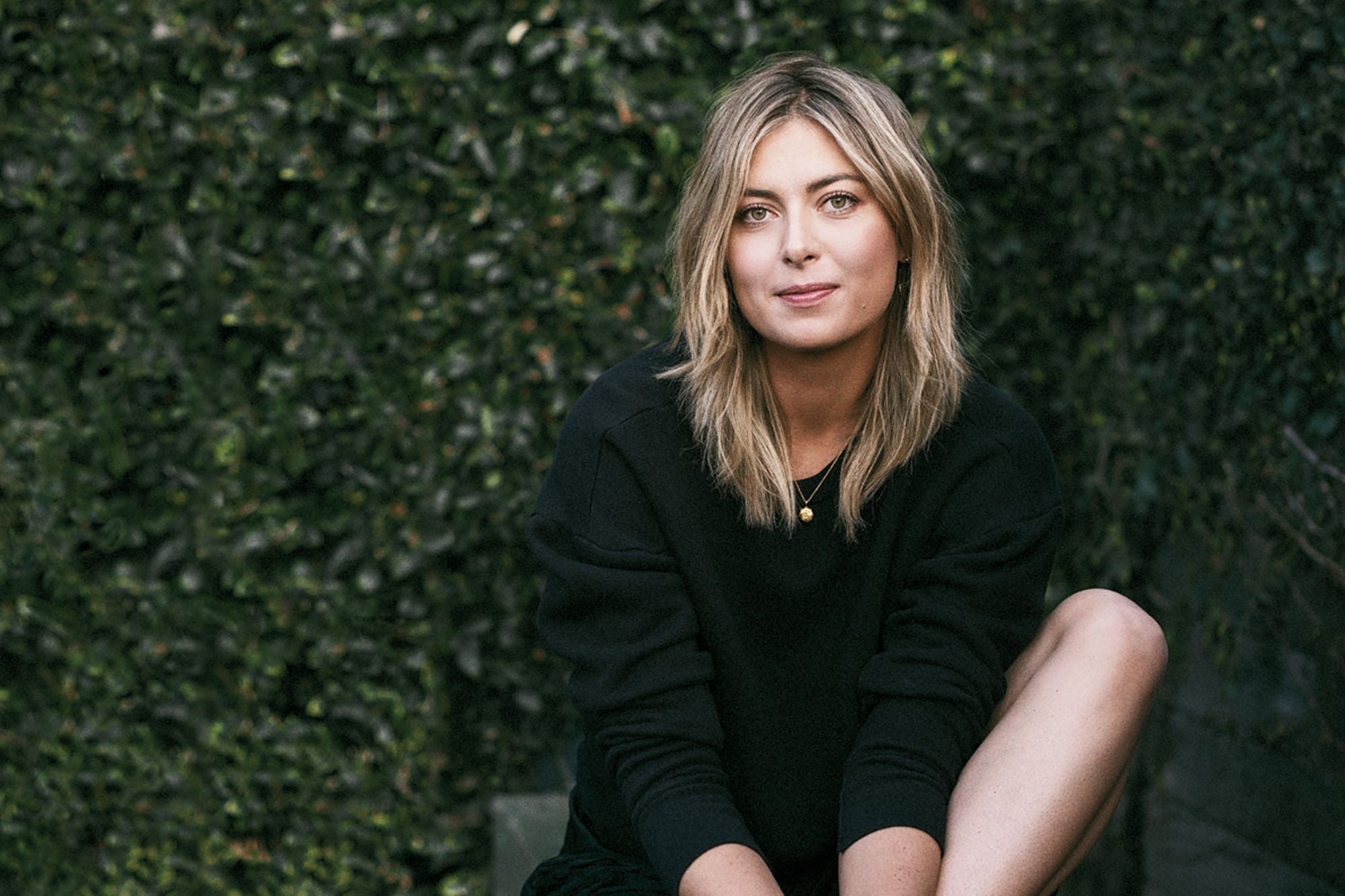Maria Sharapova Built a Business Empire Thanks to Her Winning Team For the tennis champ and entrepreneur, teamwork is the key to success.
This story appears in the December 2018 issue of Entrepreneur. Subscribe »

Even in black sweatpants and basic white sneakers, Maria Sharapova is impossible to miss. We meet in late spring in Sarasota, Fla., at the IMG Academy Bollettieri, named for the tennis coach who helped make her famous. His name, this place, are very much part of Sharapova's often-told rags-to-riches story. Here is where she came -- straight from Russia, with her father, Yuri, neither of them knowing much English -- to become a tennis star at the age of seven. They had just $700 to their name and got to practice by bicycle because they couldn't afford a car. Turned out that at seven, Sharapova was still too young to even attend the academy, but Yuri took odd jobs to help keep them afloat until she was, at nine, when she entered with a full ride. When her mother finally arrived, a year later, Sharapova was homeschooled so she could focus on tennis.
It was sacrifice that paid off, of course. By 18, Sharapova was the world's highest-paid female athlete, a title she held for the 11 years following, a silver Olympic medalist and one of only 10 women to win a career Grand Slam in tennis. Her talent made her bankable, but so did, ironically, her "all-American" good looks -- six-foot-two with long, golden hair. Eventually, multimillion-dollar endorsements from brands like Canon, Porsche, Nike, Head, and Evian overtook tournament prize money. The fashion industry grabbed hold, too, bolstered by early support from tennis fan Anna Wintour, who put her on the cover of Teen Vogue. Her 18th birthday was sponsored by Motorola.
Sharapova, now 31, is still playing tennis full time and is currently ranked at number 29. As we settle into seats at an outdoor table during a short training break, she tells me that while she may never have gotten a formal education, the principles of tennis have actually prepared her very well for whatever comes next. Already, her business portfolio is deep: It includes Sugarpova, her six-year-old candy line; investments in Ultimate Fighting Championship, sunscreen maker Supergoop and an app called Charly that lets users message celebrities; and an upcoming partnership codesigning hotel gyms with architect Dan Meis, whose projects include the Staples Center in Los Angeles and Safeco Field in Seattle.
The rest of this article is locked.
Join Entrepreneur+ today for access.
Already have an account? Sign In